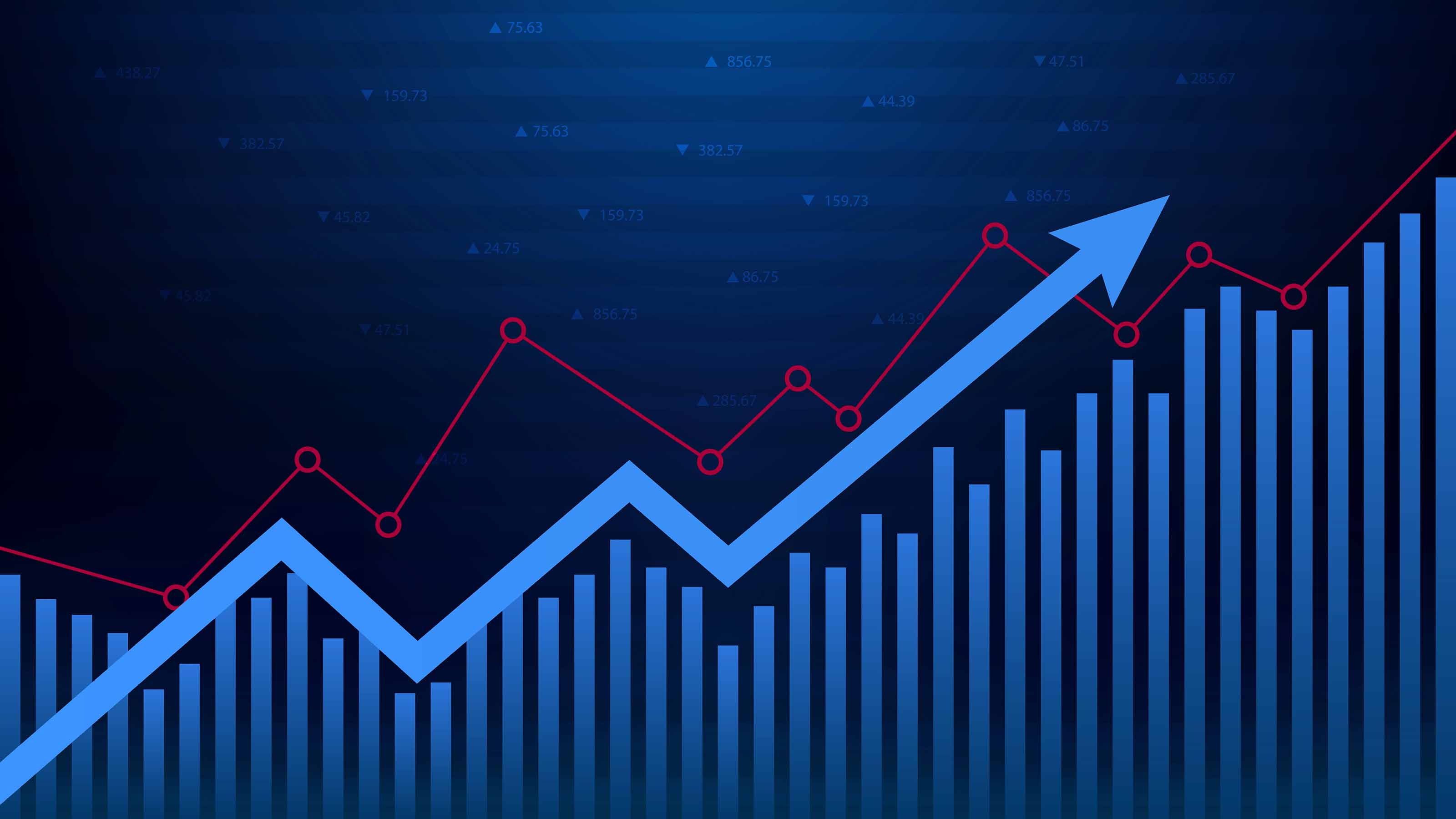How to Play the High-Yield Rally
Junk bonds have been on a tear, so this fund has shifted to defense.


High-yield bonds have been on a roll. Over the past 12 months, funds that invest in junk-rated debt – credit rated double-B to triple-C – have gained 14%, on average, more than any other bond-fund category. As a result, investors have poured more money into high-yield bond funds in the first half of 2021 than in all of 2020.
That might make you wary. But investors with a long-term view should consider Metropolitan West High Yield Bond (MWHYX). The fund's managers run it with a full market cycle in mind. They're conservative, they like a bargain, and they let bond prices and the difference between yields in junk bonds and Treasuries – known as the spread – influence when to dial up or pull back on risk.
When prices are low and spreads are high, the managers take on more risk. When the opposite is true, they reduce risk.

Sign up for Kiplinger’s Free E-Newsletters
Profit and prosper with the best of expert advice on investing, taxes, retirement, personal finance and more - straight to your e-mail.
Profit and prosper with the best of expert advice - straight to your e-mail.
"We try to insulate the fund from downdrafts by being more conservative" when prices are high, says co-manager Laird Landmann. Over the long haul, this approach has delivered above-average returns with below-average volatility.
These days the percentage of junk bonds that trade cheaply (below 90 cents on the dollar) is less than 1.5%, the lowest it has been over the past 20 years. Current spreads between junk bonds and Treasuries, about three percentage points, are near decade lows, too.
Time for Caution
That has the fund managers on the defensive. Bank loans now make up about 18% of the fund’s assets – a "max positioning" for the fund, says co-manager Jerry Cudzil. These securities have seniority in the capital structure – they get paid first – and interest rates that adjust in line with a short-term benchmark.
The managers have also shifted into more defensive industries, such as cable, food and beverage, and managed health care. "Today, you're not being compensated to take on more risk," says Cudzil. "These sectors will experience less volatility from an earnings perspective."
The fund's 8.3% three-year annualized return ranks among the top 8% of all high-yield bond funds. It was one-third less volatile than its peers over that stretch, too.

Get Kiplinger Today newsletter — free
Profit and prosper with the best of Kiplinger's advice on investing, taxes, retirement, personal finance and much more. Delivered daily. Enter your email in the box and click Sign Me Up.

Nellie joined Kiplinger in August 2011 after a seven-year stint in Hong Kong. There, she worked for the Wall Street Journal Asia, where as lifestyle editor, she launched and edited Scene Asia, an online guide to food, wine, entertainment and the arts in Asia. Prior to that, she was an editor at Weekend Journal, the Friday lifestyle section of the Wall Street Journal Asia. Kiplinger isn't Nellie's first foray into personal finance: She has also worked at SmartMoney (rising from fact-checker to senior writer), and she was a senior editor at Money.